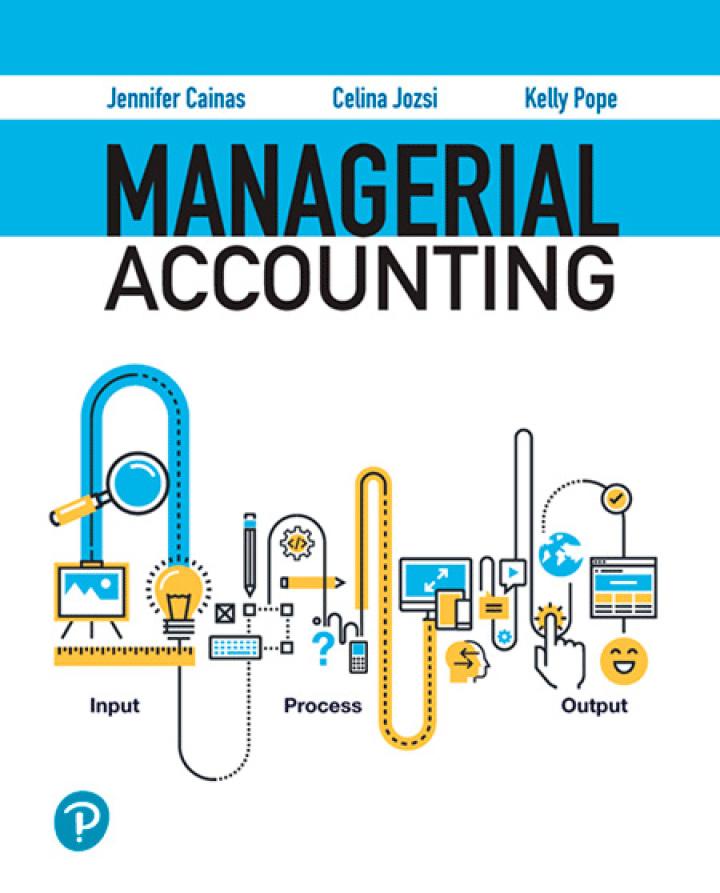Identify each of the following statements as either T (True) or F (False). a. Objectives can be
Question:
Identify each of the following statements as either T (True) or F (False).
a. Objectives can be either measurable with a deadline for achievement or long-term subjective ideals that other companies in the industry currently have.
b. The strategic plan serves as the foundation for the company’s actions and financial results.
c. For maximum accuracy, budgets should be based on the previous period’s actual amounts plus a certain across-the-board percentage increase to compensate for risk and uncertainty.
d. The production budget, also known as the budgeted schedule of cost of goods sold, gives the purchase payments for a given period.
e. When companies use participatory budgeting, they automatically eliminate budgetary slack.
f. Disadvantages of a top-down budgeting approach are that upper-level management may lack detailed pertinent knowledge of facts that affect specific departments and set unrealistic expectations that can create morale problems.
g. The master budget consists of both operating and financial budgets.
h. Companies may use a combination of both top-down and participatory budgeting to achieve better results.
i. The following are all advantages of budgeting: better planning and ability to make decisions on alternative courses of action; provide standards against which to compare performance; communication and coordination tools within departments; empowerment of employees to achieve realistic results.
j. A minimum balance of finished goods inventory is kept so that no sales are lost if actual demand is greater than expected sales.
k. Ideally, budgets should be prepared completely by the company president and given to middle- and lower-level managers.
l. Both the past and budgeted balance sheets contain historical data.
m. The master budget is concerned with the planning of operations rather than the controlling of operations.
n. Depreciation and cost of goods sold are items that appear on the income statement because they are expenses, but do not show up on the statement of cash receipts and disbursements.
o. The payment made for purchases of materials, rather than the direct materials used in production, is the amount found on the budgeted statement of cash receipts and disbursements.
p. If a one-year insurance policy is purchased and paid for on April 1, and a quarterly statement of cash receipts and disbursements is prepared from April 1 to June 30, the full one-year amount will appear as a negative item.
q. If a company has high budgeted sales and low budgeted cost of goods sold, a high positive ending cash balance can be assured.
r. If a cash deficiency is expected during a month, a loan should be arranged at the beginning of the month to ensure adequate funds during the month.
s. If $80,000 in salaries is to be paid and $20,000 is accrued, the cash flow operating budget will include $80,000, but the budgeted income statement will list $100,000 as an expense.
t. The purchasing manager should revise budgeted direct materials and direct labor prices weekly so that actual comparisons made later yield no differences.
u. In preparing the sales forecast, factors considered could include improvements that will reduce non–value-added activities relative to materials, labor, overhead, and selling and administrative costs, as well as quality, time, expected economic conditions, competitor reactions, and customer satisfaction.
v. If there were no supplies to begin the year, $11,000 of supplies purchases is projected, and $2,000 is estimated to be on hand at the end of the month, the budgeted income statement should include $9,000 for operating expenses.
Step by Step Answer:

Managerial Accounting
ISBN: 9780137689453
1st Edition
Authors: Jennifer Cainas, Celina J. Jozsi, Kelly Richmond Pope





